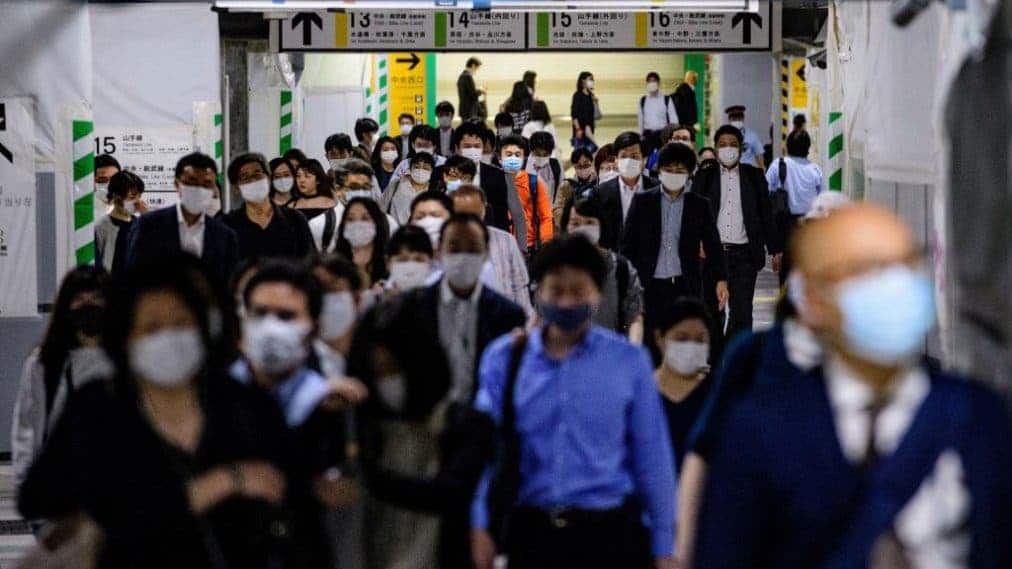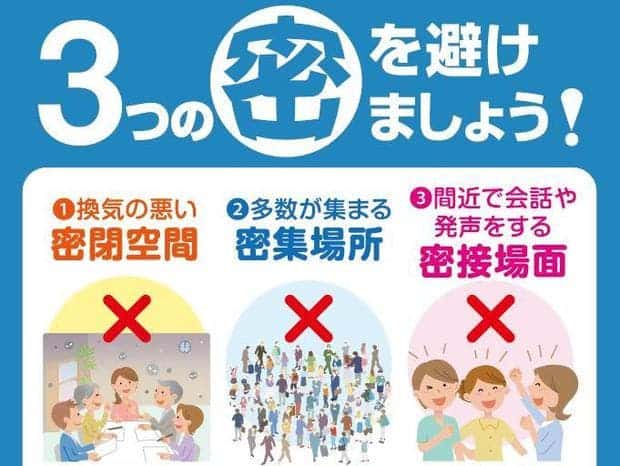Some scientists and even the World Health Organization (WHO) are now warning there is growing evidence of airborne transmission of the novel coronavirus. This could change prevention measures against the virus in many countries but not in Japan, which had assumed this was the case months ago.

Airborne transmission involves small virus-containing droplets suspended in the air (aerosols) that linger for some time and are carried over distances greater than 1 meter by air currents. These droplets contain less virus than large respiratory droplets, but unlike the latter, they don’t fall rapidly to the ground.
Only a small group of diseases such as tuberculosis, chicken pox and measles have been considered transmissible through aerosols. Researchers are warning COVID-19 could join the list. The WHO said this shouldn’t be ruled out but argued more evidence is needed to actually confirm this.
“If the WHO recognizes what we did in Japan, then maybe in other parts of the world, they will change (their antiviral procedures),” Shin-Ichi Tanabe, a professor in Japan’s Waseda University, told CBS News. He co-wrote an open letter to the WHO asking it to acknowledge the airborne spread of the novel coronavirus
This was in fact what the WHO did last week, vindicating the strategy implemented by Japan in February when it asked the residents to avoid the so-called three Cs: cramped spaces, crowded areas and close conversation. Doing this at an early stage helped to put Japan ahead of the world and limit the spread of the virus, Tanabe said.

Tanabe and the group of scientists urged the WHO to enact recommendations for improvements in ventilation and the avoidance of crowded, enclosed environments —recommendations Japan broadly adopted months ago. This has helped Japan to reopen concert halls, stadiums and other venues, which can admit up to 5,000 people.
Makoto Tsubokura, a Japanese researcher at Kobe University, used the world’s fastest supercomputer, the Fugaku, to simulate how the virus travels in different environments. He argued that operating commuter trains with windows open and limiting the number of passengers may help reduce the risk of the novel coronavirus.
In order to achieve adequate ventilation, there needs to be space between passengers he argued, representing a drastic change from the usually packed commuter trains that Japan is used to. Other findings advised the installation of partitions in offices and classrooms, while hospital beds should be surrounded by curtains.
In an article to be published in the September issue of the scientific journal Environment International, Tanabe and other experts write that safeguarding indoor spaces can be done relatively simply and cheaply, by avoiding crowding and maintaining the flow of fresh air.
Japan is now being challenged by a new wave of infections, reaching 200 per day. The new cases are appearing not just in crowded nightlife spots, but also within homes and workplaces. This has prompted the government to consider asking businesses to shut down again in the metropolitan region.


